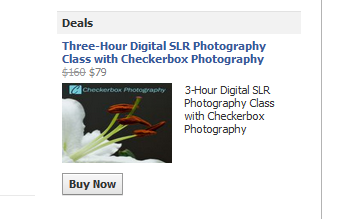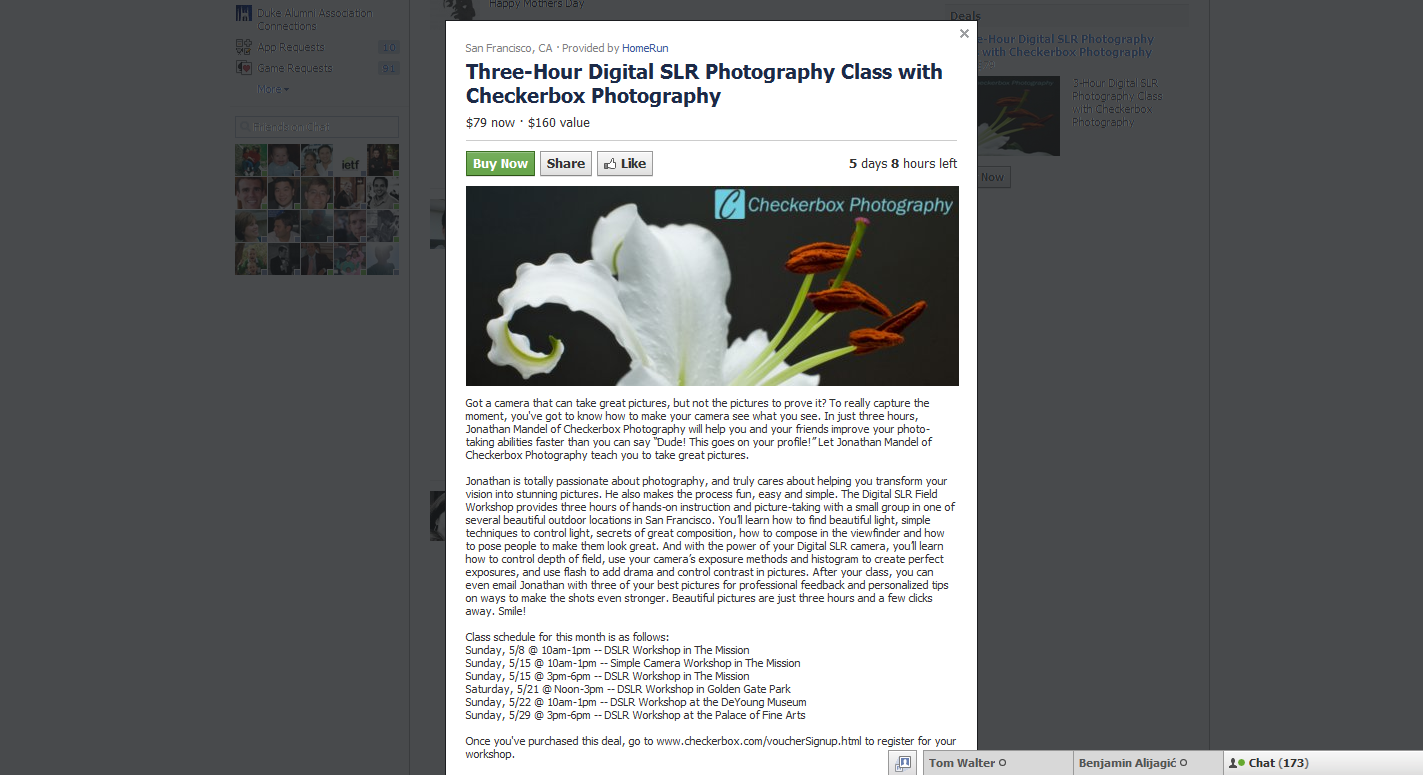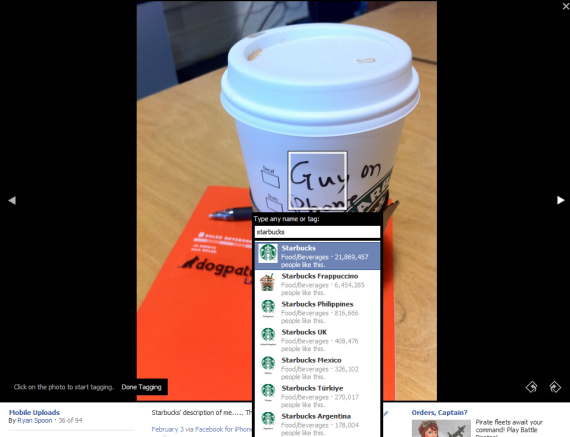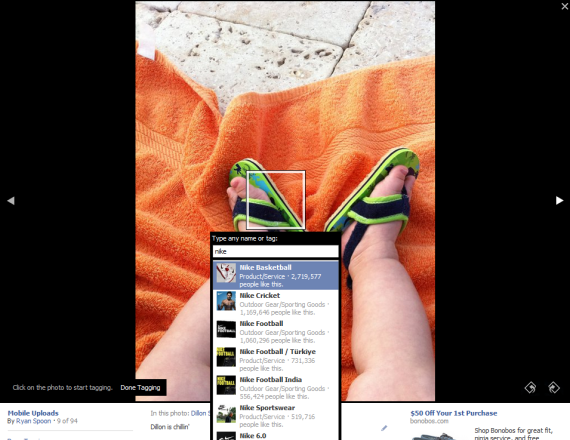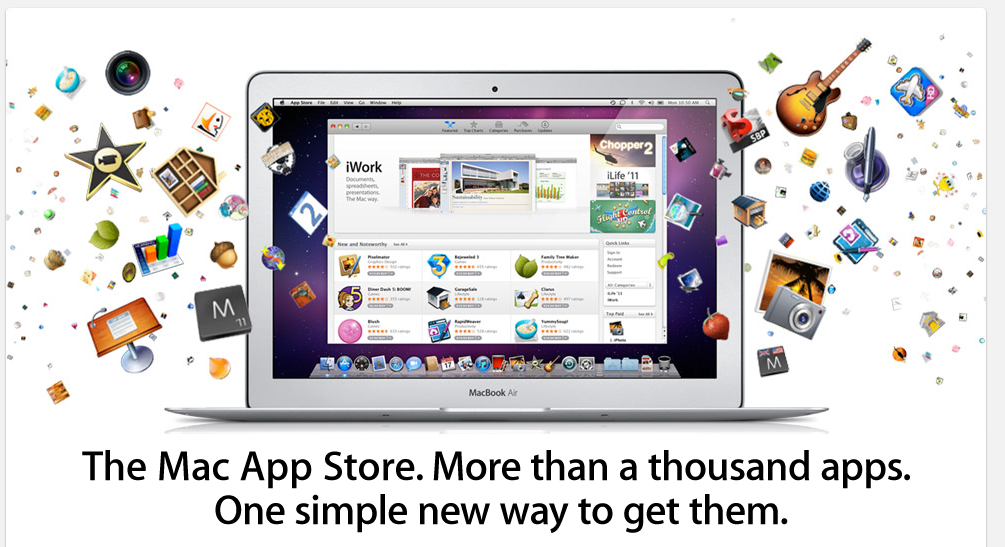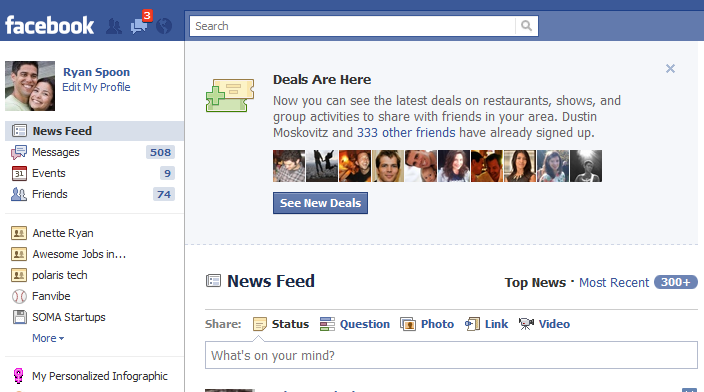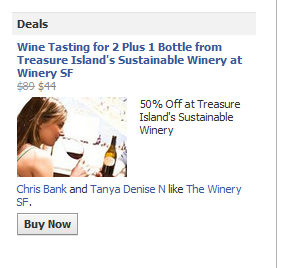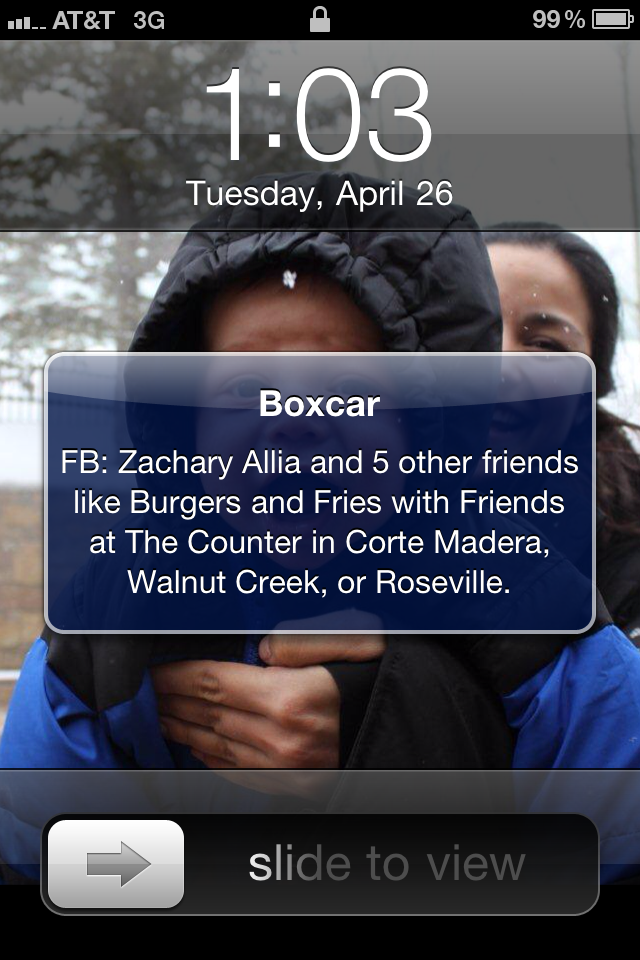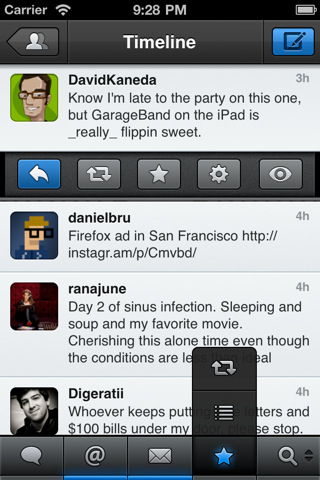I am still unsure about Facebook Deals: - just how fully baked the idea / effort is. - how Deals are suggested to me and dispersed throughout the Facebook experience / flow. - what Facebook Deals becomes? Is it an extension of Facebook Places + Pages? Is it effectively a new Facebook Ad Format? (by the way - this is my strong feeling of what it should be) And although many Facebook users share my ambivalence / confusion / lack of passion about the Deals product... it is profoundly important for the reason mentioned above: this is effectively a new ad format and a new way to buy.
Think about it: there are ads are appearing on Facebook where the only action item is to purchase... and that purchases occurs in-line because Facebook can tie your account and Credits together. That is powerful. The fact that it is a "Deal" is really irrelevant - it is an ad with familiar, compelling copy (ie 10% off or Free Shipping).
And for advertisers, it is one more reason why advertising on Facebook is powerful: there are ad units that support traffic, media consumption, fan acquisition, sampling distribution and now purchasing. It now represents the entire funnel: acquisition, conversion and engagement / retention.
